One of my earliest childhood festival-related memories is having to gulp down the bitter- sweet- pungent concoction known as marundu or legium on the eve of the Deepavali celebrations. It is a done-thing in most Tamil households during Deepavali.
I never liked the taste of it but my grandmother and mother insisted on everybody having a spoonful. I argued with them, failing to see why one would begin celebrations and festivities with a bitter and pungent taste in the mouth.
It did not give me much consolation to know that my friends in Maharashtrian families also began their festivities for the celebration of Gudi Padwa or the New Year with the taste of something bitter. Gudi Padwa begins with chewing on Neem leaves.
Only later did I understand its significance and point.
Gudi Padwa
Gudi Padwa is celebrated as The New Year in Maharashtra. The same day is also celebrated as Ugadi in Andhra Pradesh, Telengana and Karnataka.
On this day in Maharashtra, one finds a gudi or a long pole tied outside homes, at the end of which a coloured silk cloth is pleated and fixed. This Gudi is then decorated with a garland of flowers and twigs of the Neem tree.
It is said that this tradition can be traced back to the return of Ram from Lanka, when people in Ayodha tied decorated pole (gudis) like these at the entrance to their homes to celebrate the return of their beloved King. The practice it is said, was popularised by Shivaji and continues to this day.

On this day, festivities in Maharashtra begin by chewing the neem leaf along with some jaggery – 2 contrasting tastes – bitter and sweet – symbolising the bitter-sweet experiences of life. In Andhra Pradesh too a delicacy is made with the flowers of this tree to celebrate Ugadi.
The sweetener i.e. jaggery gives one a dose of iron while the multi-faceted Neem plays many roles – from acting as a disinfectant to destroying worms in the stomach. No wonder it’s known as Nature’s Pharmacy!
Neem Wonders Never Cease
The Neem tree, it is said, expels more oxygen than other trees and acts as an air purifier. The tree is regarded as one of India’s wonder trees and find the mention in a number of ancient texts.

If you have suffered from chickenpox or mumps or measles, you may remember neem leaves being placed on the floor of the room or given to you when you felt like scratching yourself – tapping into its disinfectant and curative properties.
Its reputation for being an insect repellent comes from the principal active compound in its leaves – azadirachtin. From this compound also originates the botanical name of the tree – Azadirachtin indica – the 2nd part of which marks its Indian origin.
The leaves of this tree act as an insecticide and are used as natural pesticides. They are also consumed. The oil extracted from the seed is used for making toothpastes and soaps and shampoos. Oil from its seeds is used to treat a variety of ailments from leprosy to ulcers, rheumatism to skin diseases. The list is virtually endless.
“It is believed that the neem tree has been cultivated for 4500 years for its array of useful products’
Pradip Krishen, Jungle Trees of Central India.
Here’s an interesting snippet I learned about the Neem – in Swahili, the Neem is called Mwarobaini meaning Forty. The name represents the 40 different kinds of diseases that can be treated with the help of the Neem!
And here’s an ancient Indian saying about the Neem…
“The land where the Neem tree does abound, Can death and disease there be found?”
Ancient Indian Proverb
It’s easy to see why the ancients must have been so awed by this tree that it inspired them to compose paeans in its glory.
It comes as no surprise then that the Neem is considered sacred and worshiped in India. It does appear to have been a god-send!
How to Identify the Neem
One can identify a Neem tree with the help of its leaves. The leaves are compound in nature – that is several leaflets form one leaf. Each leaf has 4 to 8 pairs of pointy leaflets with serrated margins.
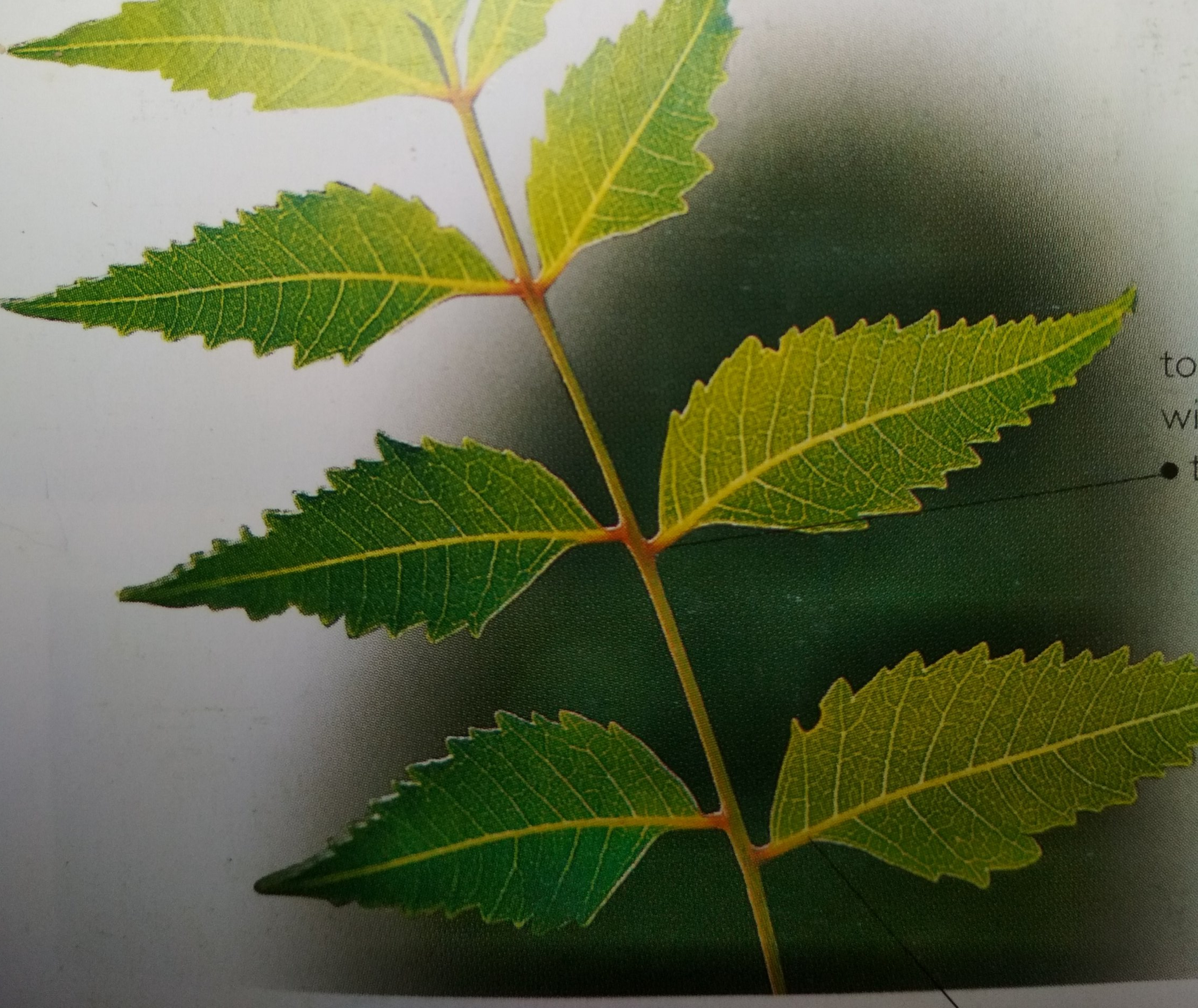
The Neem has sweet scented small white flowers.
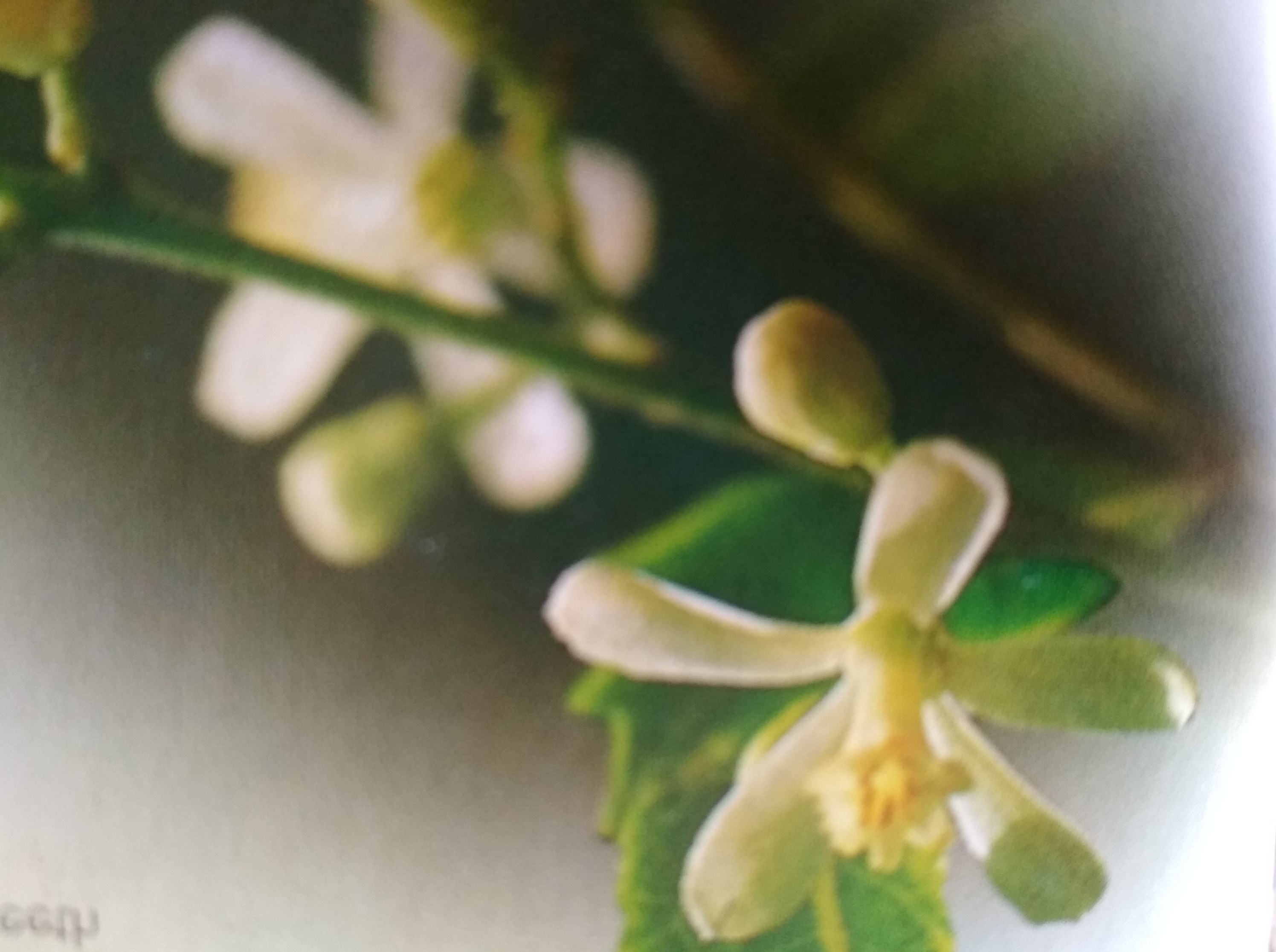
Its fruits are small and yellow in colour.
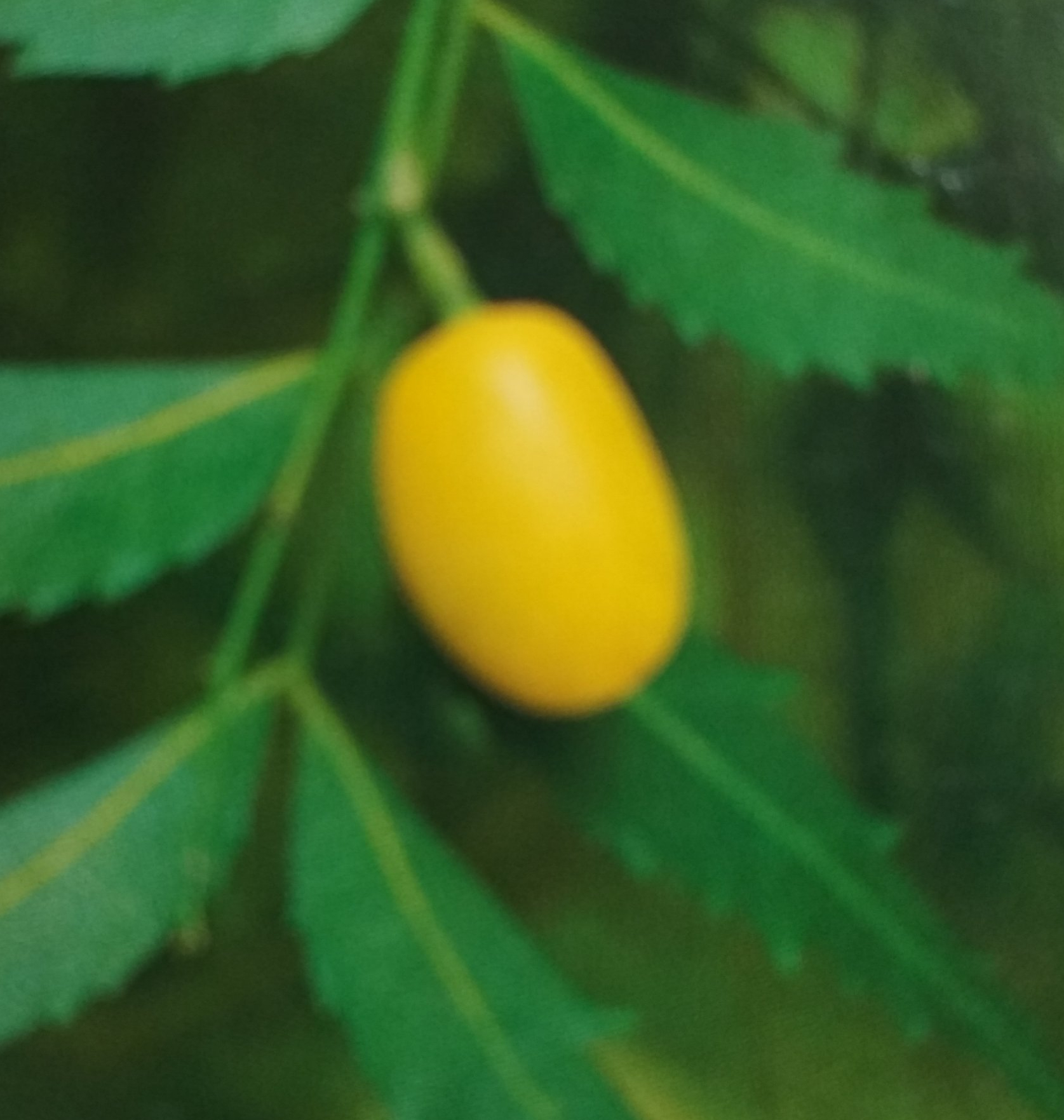
Its bark is thick and rough and dark brown in colour, slightly scabby with vertical furrows. Usually has a dense crown of leaves.
The Jataka Tales refer to the Neem as Nature’s Bitter Boon.
Patent Fight over Nature’s Boon
Did you know that in 1995, the US Department of Agriculture and certain others claimed that they had researched on the Neem and discovered its anti-fungal properties? This they claimed gave them an exclusive right (patent) to create medicinal products out of Neem.
Fortunately, this claim did not go unnoticed. India knocked the doors of the European Patent Office stressing on its age-old knowledge of the anti-fungal properties of Neem! The case was finally decided in India’s favour.
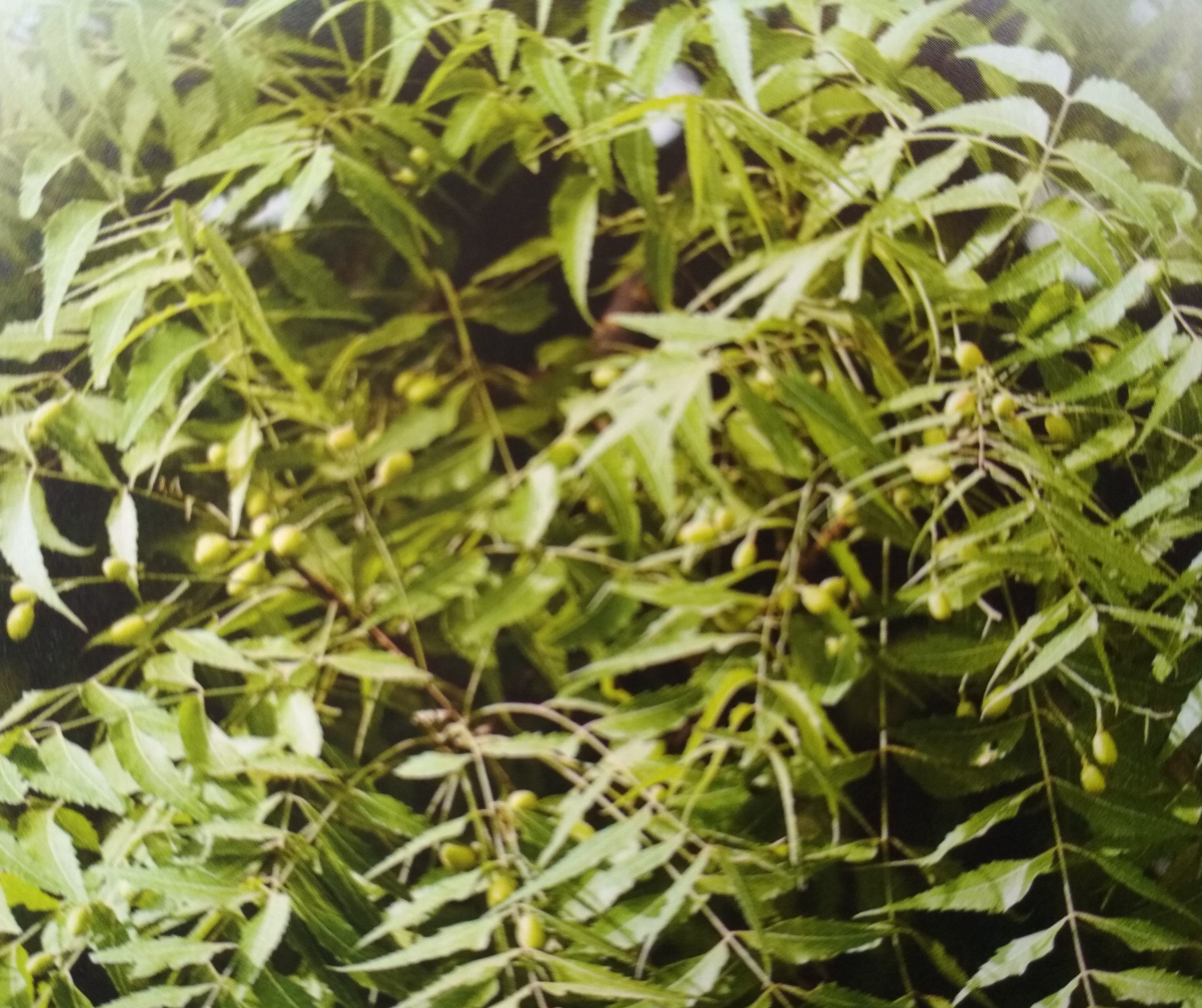
Use this to teach your children to identify the Neem tree, learn more about the Tree and find out about more the patents case. Let the story serve as a window for discovering more.
And yes – I have finally come around to understand why festivities, which are an excuse for us to gorge and gulp, must begin with a bitter taste!
If I had to put it in verse…
Pungent Sour Salty,
Astringent Bitter Sweet;
Taste one; Taste all,
So your meal, it is complete!
So, plant the neem in your homes and take a taste of it’s leaves to begin the new year. It may be bitter but it brings much goodness your way!
On that note, wishing all my readers a happy and fulfilling New Year!
If you enjoyed reading this, take a moment and share it with your friends and family!

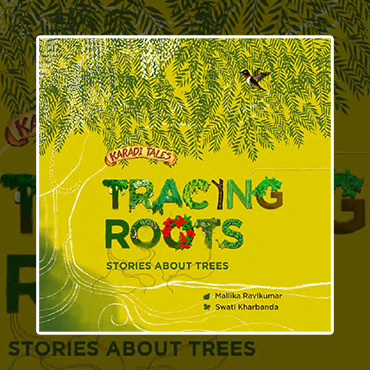
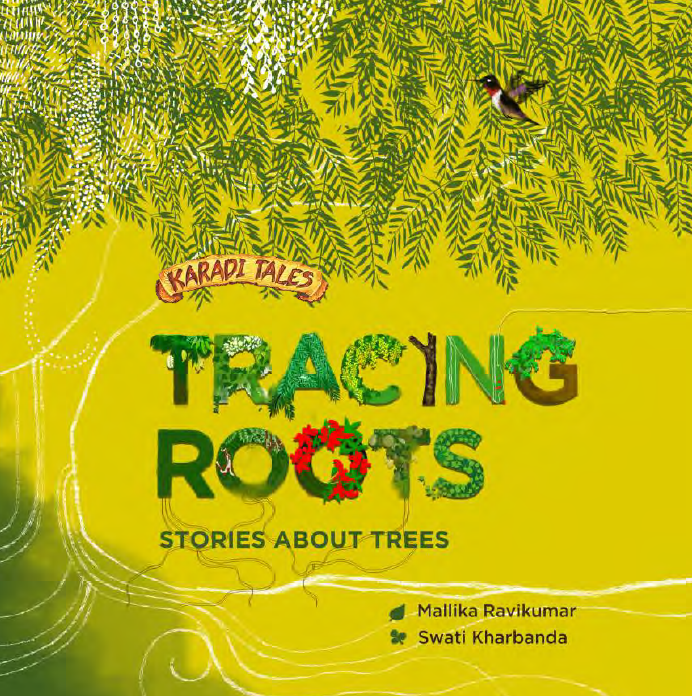


Ramanjit Garewal
April 6, 2019 - 4:37 am ·Dear Mallick…?
Your stories have tastes all…
Pungent Sour Salty,
Astringent Bitter Sweet;
And make the reading experience complete…
As one can savour them all…
They are like Neem…Mwarobaini…
Hugs…
Love…
?
Mallika Ravikumar
April 6, 2019 - 5:11 am ·Haha..thank you for these lovely words!
Nitika Kabra
April 6, 2019 - 10:07 am ·Loved it…i spent considerable part of my life in Indore..a Maharashtra influenced city and always chew neem with mishri as first thing ..i just told my sons to do it..and now reading this feeling so good.
Mallika Ravikumar
April 6, 2019 - 5:11 am ·Thanks Nitika. Yes.. childhood memories associated with these celebrations are always nice to recollect.
Gayatri Natu
April 6, 2019 - 12:42 pm ·Great article as always, Mallika! Wish you and yours a happy new samvatsara as well.
Thank you for the identifiers of the tree.
However, someone at Guwahati told me that the tree I was identifying as neem on the campus was actually bakain/ chinaberry (Melia Azedarach ) rather than the Indian neem (Azadirachta Indica). Would you know any specific differences between the two species, and how to easily tell those apart? I tried to google this but couldn’t get any reliable information.
Mallika Ravikumar
April 6, 2019 - 7:32 am ·Thanks Gayatri.
Bakain leaf is twice pinnate (like the gulmohur) i.e. it breaks up twice from the main leaf. Neem is single pinnate. Will send you photos of their leaves so you can understand easily. But yes..both have leaflets with serrated margins.
Thanks again for writing in 🙂
rajat ghosh
April 29, 2019 - 11:09 am ·is aways a pleasure to read your stories , and yup neem twigs is often chewed on, as a way to brush ones teeth in jharkhand , bihar, so much properties, how cool
http://canadianorderpharmacy.com/
June 5, 2019 - 7:22 am ·What’s up, I wish for to subscribe for this website to obtain latest updates, therefore where can i do it please help out.
mallikashashikanth
August 1, 2019 - 7:26 pm ·Thank you for your interest and your appreciation. There is a link on the site which directs you to the sign up page to the site newsletter. You can sign up through that.